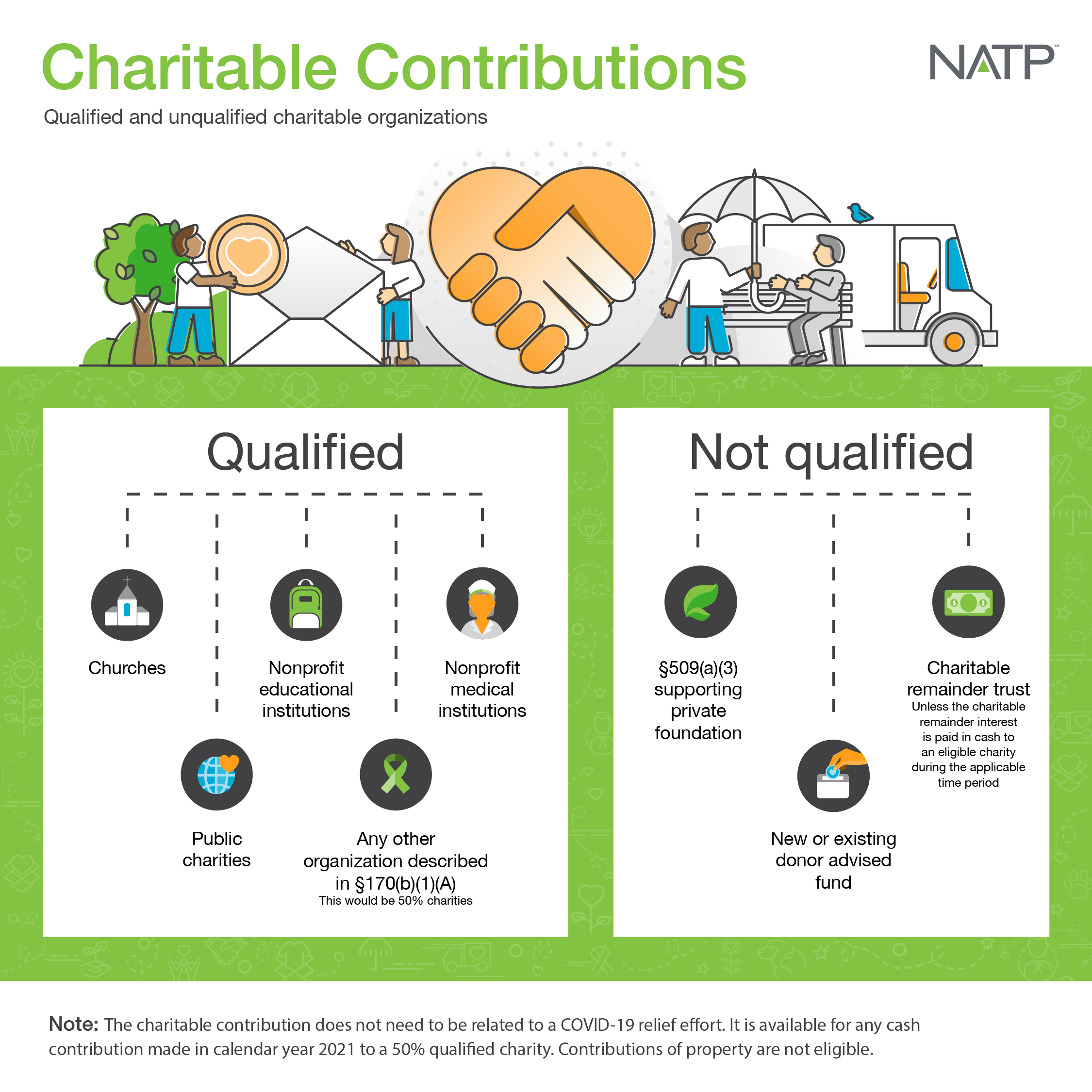The IRS has proposed regulations that would classify some charitable remainder annuity trusts (CRATs) as listed transactions. If finalized, the regulations would bar taxpayers from pairing CRATs with single-premium immediate annuities (SPIAs) to avoid recognizing all or a portion of the annuity payments as taxable income or capital gains.
A tax strategy is designated as a listed transaction when the IRS determines it to be the same or substantially similar to types of transactions it considers to be tax avoidance. Taxpayers participating in a listed transaction must disclose additional information to the IRS in the manner described in the regulations classifying the transaction as listed. Additionally, material advisors may be required to disclose information about the transaction to the IRS and keep a list of clients they have advised with respect to it.
What is a CRAT?
CRATs are a type of charitable remainder trust that must satisfy strict requirements under §664. Most CRATs provide annual payments to one or more “private” beneficiaries for either their lifetime or a specified time period. Any funds remaining in the trust when the beneficiary dies or at the end of the specified period are paid to the tax-exempt entity that is the CRAT’s remainderman.
CRATs can offer significant tax benefits to the grantor, who is entitled to a charitable contribution deduction in the year the contribution was made for the present value of the remainder interest to be passed to the tax-exempt entity. Additionally, the grantor does not recognize capital gains on appreciated property transferred into the CRAT. The CRAT itself is usually a tax-exempt entity.
Distributions from the CRAT to private beneficiaries are usually taxed as ordinary income or capital gains under the rules laid out in §664(b). It is these tax obligations that some taxpayers seek to avoid by pairing the CRAT with an SPIA.
What transactions are the IRS targeting?
According to the IRS, the transactions the agency is targeting are those where the grantor creates a trust that purports to qualify as a CRAT under §664. The grantor usually funds the trust with property with a fair market value in excess of its basis, which often includes interests in a closely held business, or assets used or produced in a trade or business. The trust sells the appreciated property and uses some or all of the proceeds to purchase an annuity.
On their federal income tax return, the trust’s beneficiary treats the annuity amount as payable from the trust as an annuity payment under §72, not ordinary income or capital gains, as required under §664(b). Under §72, only the portion of the annuity payment attributed to interest is subject to income tax, with the portion attributed to the principal passing to the recipient tax-free.
The IRS claims that the transaction should not generate any tax benefits for the beneficiary. Instead, the annuity payments should be included in the ordinary income under §664(b)(1) with a one-time amount added to the capital gain under §664(b)(2) when the CRAT sells the property. While promoters of the transaction claim the CRAT received a stepped-up basis in the appreciated property the grantor transferred into the trust, IRS guidance states that it should be characterized as a gift subject to the transferred-basis rules in §1015.
Elements of the listed transaction
According to the proposed regulations, a transaction would be characterized as listed if the participants take the following steps:
- A trust purported to qualify as a CRAT under §664 is created by a grantor
- The grantor funds the CRAT with contributed property
- The contributed property is sold by the trustee
- Some or all of the proceeds from the sale are used by the trustee to purchase an annuity
- The beneficiary’s federal tax return treats the amounts distributed by the trust, in whole or in part, as annuity payments subject to §72, instead of treating the amounts received by the beneficiary as ordinary income or capital gain under §664.
The tax-exempt organization that is the CRAT’s remainderman would not be treated as a participant in the listed transaction if its only tie to the transaction is its remainder interest.

